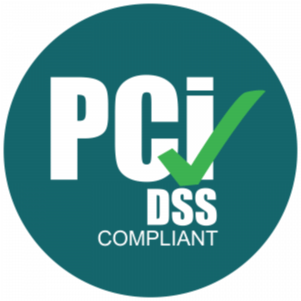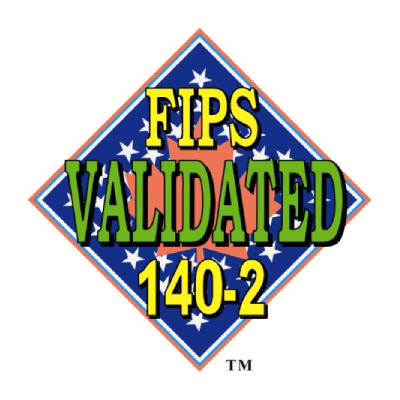As the mass adoption of cloud computing picks up steam in the business world, there’s a high chance you have heard the term “multitenancy” before. Multitenancy architecture is the key to more efficient hardware and software, especially for corporate use.
What Is Multitenancy?
Multitenancy is the architecture where multiple instances of an application operate independently inside a shared environment. We call these instances “tenants,” much like an apartment complex. While the tenants do run separately, it’s entirely possible that they might run on the same hardware. Multitenancy is the opposite of a single tenancy, where a computer system only has one target end user.
Independent software vendors use multitenant technologies to offer their applications and services to multiple customers, usually in the form of Software-as-a-Service (SaaS). In another use case, the tenants might be multiple applications using the same hardware resources in a common cloud environment.
The Multitenancy Cloud
Multitenant architecture empowers cloud-based technologies, which have made their way into businesses across the globe recently. The secret lies in shared hosting, in which a single server divides its computing resources (CPU, memory, etc.) across multiple end users in a public cloud. At the same time, the data and workflow of each user is separate from another.
These multitenant apps usually allow customizations for each individual tenant, such as specific access control parameters.
Differentiating Multitenancy From Cloud Computing
Multitenancy is usually associated with the SaaS market, whereas cloud computing can encompass any sort of as-a-Service model such as Platform-as-a-Service (PaaS) and Infrastructure-as-a-Service (IaaS). At the same time, it’s no secret that multitenancy in cloud computing is a powerful combination.
Support for multiple tenants is a basis for modern cloud architecture, which refers to all the components and processes that make up cloud delivery of online applications. Clouds can come in two varieties:
- Public cloud: When the computing resources are not owned by the end user but rather distributed to multiple tenants.
- Private cloud: Fully owned by the end user and usually operate on the business’ premises.
Creating a cloud environment requires multiple components, including containerization, orchestration, application programming interfaces, cybersecurity measures, automation, and many others.
[sc name=”glossary-cta” ][/sc]What Are the Benefits of Multitenancy?
This type of architecture brings with it several benefits, which are apparent given how popular cloud computing has become.
- Inexpensive: Multitenant resource allocation is more efficient, bringing down operational costs since computing is often cheaper at scale. Instead of installing and maintaining your own hardware and software, you can instead pay a SaaS vendor for the service.
- Flexible: A business’s computing needs are rarely static. During times of high demand, your on-premises servers must be robust enough for the task. Those resources become wasted during times of low demand. Under a multitenant delivery system, you can scale your needs up or down so that you only pay for the resources you need.
- Management: Because a third-party company handles maintenance and updates of the cloud environment, the individual users do not have to manage the service themselves.
If you’ve ever wondered why so many organizations aim for multitenant application delivery, that’s why.
The Case For Single Tenant
Despite the benefits, there are still a handful of situations where a single tenant is ideal. Businesses that use private clouds or data centers do so largely for security reasons.
Applications that handle sensitive corporate data likely avoid public cloud environments, as vulnerabilities are then introduced. However, these problems are relatively small, as many vendors have cybersecurity practices in place.
The U.S. National Security Agency has reported that cloud vulnerabilities are fairly rare and that major cloud providers have not seen any documented cross-tenant attacks before.
How Multitenancy Isolates Its Environments
Multitenant environments can be isolated through virtual machines (VMs) or containers.
VMs use a hypervisor to create virtual, isolated guest machines, each with its own OS and programs. Each VM uses its own OS kernel to operate.
Containers, by contrast, have multiple apps share a kernel, sometimes across multiple tenants. The result is more lightweight and scalable. The Linux operating system is commonly used to allocate containers and avoid conflicts among them.
Multitenancy in Kubernetes is an example of the technology’s use in container orchestration. Here, a single cluster can manage multiple projects, each configured individually and isolated from the others. Kubernetes can also create new policies to enforce tenant isolation.
Managing Multitenancy With Akeyless
The Akeyless Terraform Provider handles security automation, from role-based access control to managing secrets to completing authentication. Specifically, Akeyless enables Terraform users to add Terraform-specific code to interact with the Akeyless platform.
This tool facilitates multitenancy management of the Akeyless Vault. That is, end users can enjoy secrets management in multitenant architecture, allowing you to delegate administrative tasks to departments in your business.












